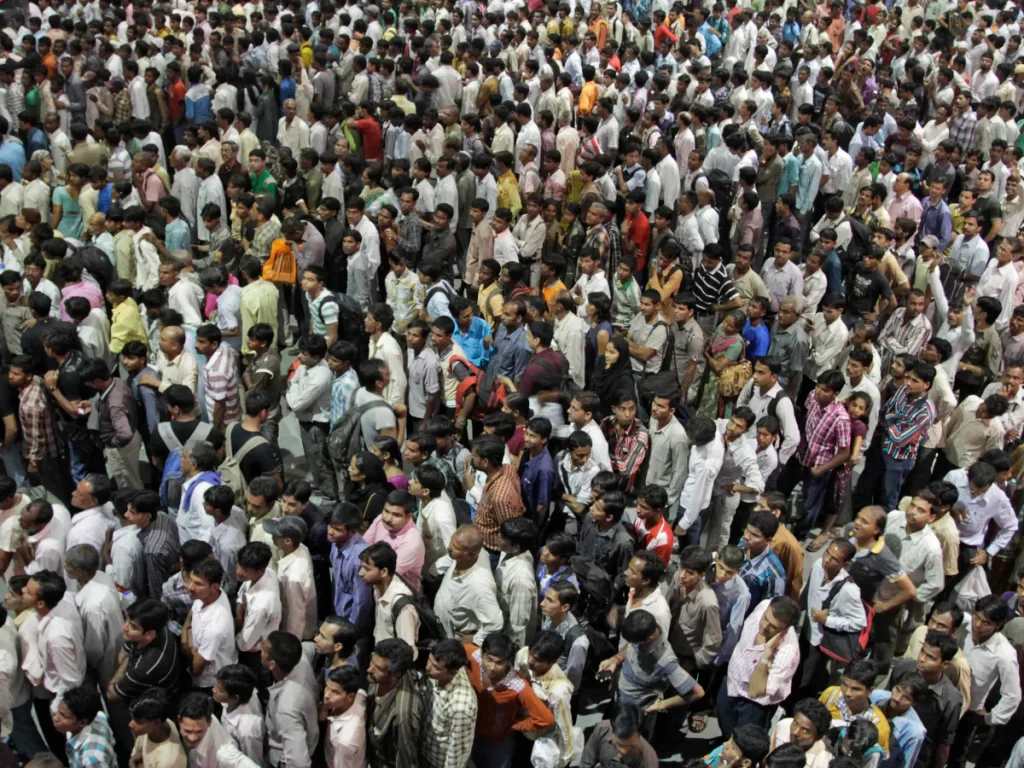New Delhi, June 7, 2025 —
India has achieved a significant milestone in its fight against poverty, with the extreme poverty rate dropping from 27.1% in 2011 to just 5.3% in 2021, according to a new World Bank report. The report, titled “Poverty and Shared Prosperity in India: The Impact of Economic Growth and Social Programs,” attributes the dramatic decline to a combination of sustained economic growth, targeted welfare programs, and improvements in rural infrastructure and financial inclusion.
The report highlights that rural areas experienced the most significant gains. In 2011, around 32% of the rural population lived in extreme poverty, compared to only 6.1% in 2021. Urban poverty also declined from 14.2% to 4.1% during the same period. The World Bank defines “extreme poverty” as living on less than $2.15 per day (purchasing power parity).
Government welfare schemes like the Pradhan Mantri Garib Kalyan Yojana, MGNREGA (Mahatma Gandhi National Rural Employment Guarantee Act), and the Direct Benefit Transfer (DBT) system played a crucial role in reducing poverty levels. The expansion of food security programs and subsidies through the Public Distribution System (PDS) also contributed to easing the financial burden on low-income households.
The report points to financial and digital inclusion as key enablers. Initiatives like Jan Dhan Yojana, Aadhaar, and mobile banking have brought millions into the formal financial system, allowing for more efficient transfer of benefits and increased savings among the poor.
Despite the challenges posed by the COVID-19 pandemic, India showed economic resilience. Temporary setbacks caused by the health crisis were mitigated by emergency relief measures, including free food grain distribution and cash transfers to vulnerable families. According to the World Bank, these interventions helped prevent a reversal of poverty reduction trends.
Speaking on the findings, a senior World Bank economist said, “India’s progress is notable and offers important lessons in poverty alleviation. The reduction in extreme poverty is largely due to policy consistency, effective delivery mechanisms, and inclusive growth.”
While the report acknowledges the success in reducing extreme poverty, it also calls for continued efforts to tackle multidimensional poverty, including access to quality education, healthcare, housing, and clean water. Addressing income inequality and ensuring sustainable employment opportunities remain key priorities for long-term development.
India’s poverty reduction story has now become a case study for other developing nations seeking to replicate similar progress. The World Bank has urged continued investment in social infrastructure and economic inclusion to build on this momentum.



